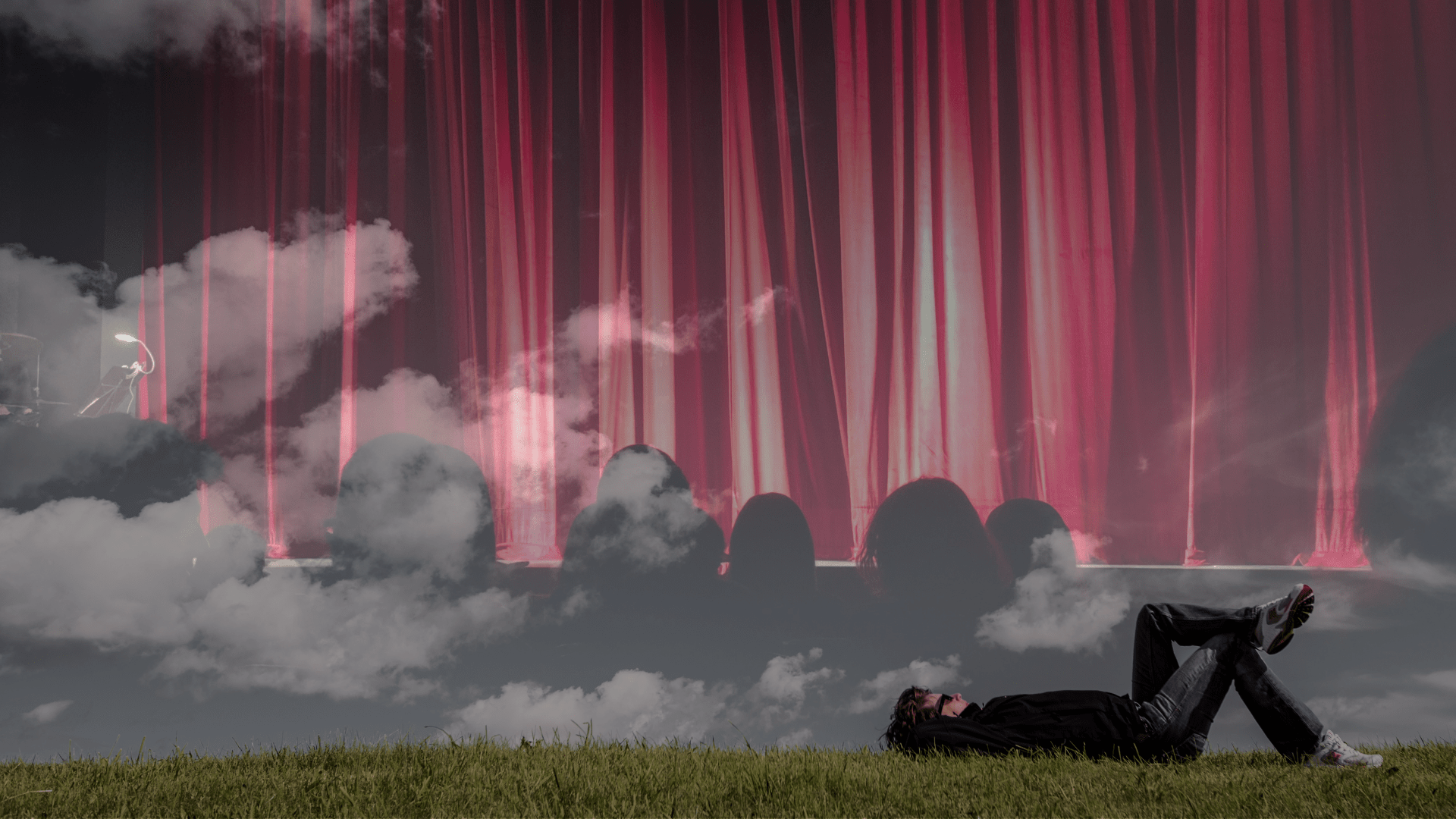Your cart is currently empty!
When anxiety kicks in, we all tend to imagine the worst scenarios. Usually, in our anxious minds, there is always danger around the corner. This is what happens in your imagination before a presentation.
The imagination is a powerful tool. You can travel to infinite places inside your mind, and it has a true impact on you and the way you feel. It is time for you to use that ability to imagine in a different direction.
Positive Imagery
Positive imagery or guided imagery is a relaxation technique. It consists of imagining yourself in a different place, in a safe, relaxed situation. Similar to daydreaming, research shows that this reduces the anxiety responses of your body. It can be used in many anxiety levels, even when you feel that a panic attack is imminent.
Mostly used to take you out of the situation, this technique can be used in a slightly different way – imagining the situation friendly and safe.
It can sound a bit childish; in fact, in a way, it is. Children seem to know better than us how to deal with anxiety. They play (rehearse) the situations they will face to feel more confident and less scared. As strange as it may sound, exactly that is the goal with guided imagery.
The Perfect Speech
Relaxation techniques, such as meditation, aim to train your brain to be less reactive to anxious thoughts. They are perfect for long-time training, and research shows that they have an effective result. Yet, when anxiety kicks in, you need more immediate relief.
Focusing on breathing in the middle of a very anxious situation can be difficult. It can even be contra-productive since your breathing is altered. Picturing a nice, relaxing place can be more effective in the middle of a crisis. My advice is to focus on the speech and imagine your audience having the best reactions possible.
How it works?
Anxiety is a state that grows itself through intrusive negative thoughts. Your anxiety starts by picturing your audience with blank faces while you’re trying to be funny. It escalates quickly into them falling asleep or throwing things at you if you’re a more dramatic person.
It’s time to stop that. Force yourself to picture an excellent presentation, the best you ever gave! The audience is smiling at you, laughing at your anecdotes. Hear the applause inside your mind.
Picture yourself feeling good and confident, and your anxiety levels will start to decrease gradually. Exercises of guided imagery help promote relaxation and ease some physical symptoms related to stress, such as high heart rate, sweaty palms, or dry mouth.
Positive Imagery – A Practical Plan
The most common visualization techniques involve beautiful landscapes, the ocean’s sound, or birds singing peacefully. That’s not what I want you to do! I want you to focus on the presentation you have ahead.
If you can check the venue in advance, visualize yourself in that specific stage. If not, there is no problem; try to picture it in your head. Now, let me guide you through visualization.
Listen:
- Find a quiet area to proceed, so you won’t be disturbed, and turn off your phone or other electronics.
- Picture yourself in the venue, waiting for your time to go on stage. Take a deep breath.
- Then, picture yourself taking the stage. Breath for a second, and say nothing. Look around you. What do you see? What do you smell? Focus on the sounds. What do you hear? Pay attention to the smiles in the audience. They are there for you.
- Mentally deliver your speech. Look your audience in the eye, move around, and use your body language to improve your speech.
- Hear the applause and watch the enthusiasm of your audience. Hear them laughing at your funny remarks. Observe their smiles.
- Imagine them asking you questions and you being confident and straight to the point in all the answers.
- Thank your public and leave the venue feeling as good and confident as you had never been.
Decreasing your anxiety response
Visualizing the experience you’re about to have as a positive moment will help your body dismiss the tension. Your muscles relax, and your mind is focused on something that’s not your fear. Immerse easily in the experience by using all your senses in the visualization exercise.
When you’re in a situation that generates anxiety, your thoughts tend to wander within the worst scenarios. Consequently, it increases your fear. Guiding yourself into positive imagery makes your mind focus on something else. It helps you to ward off those feelings.
Cátia is a psychologist who is passionate about helping children develop and train social skills.



Leave a Reply